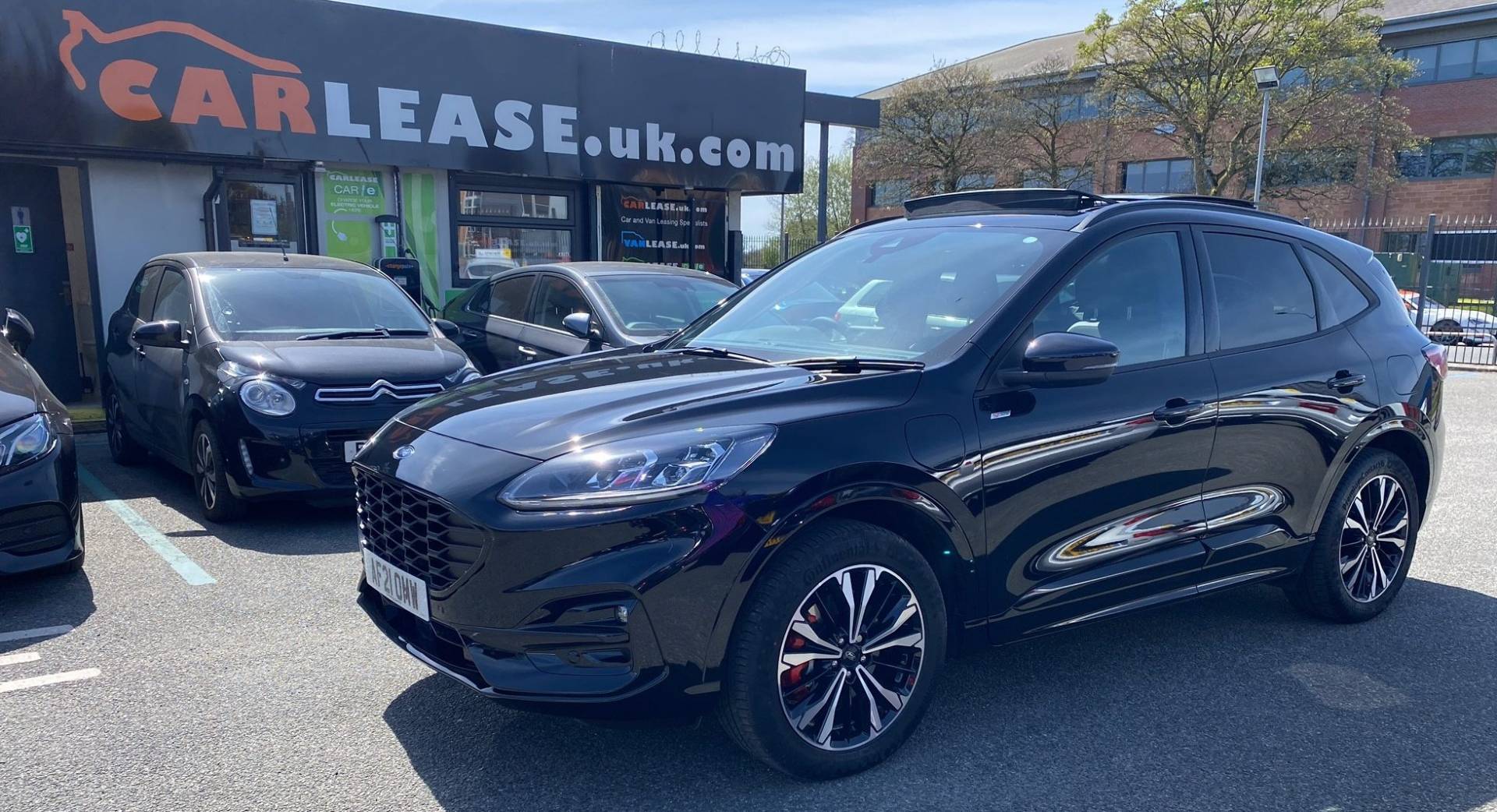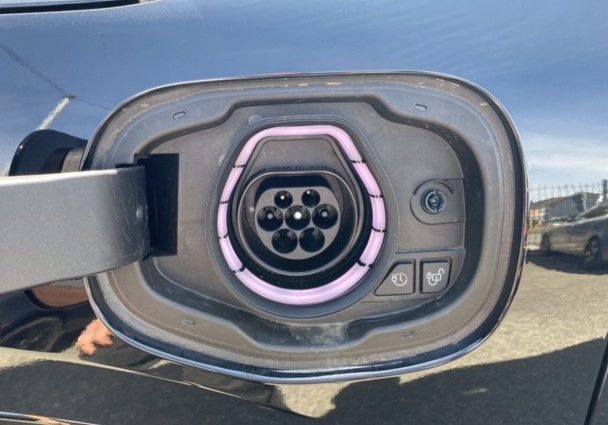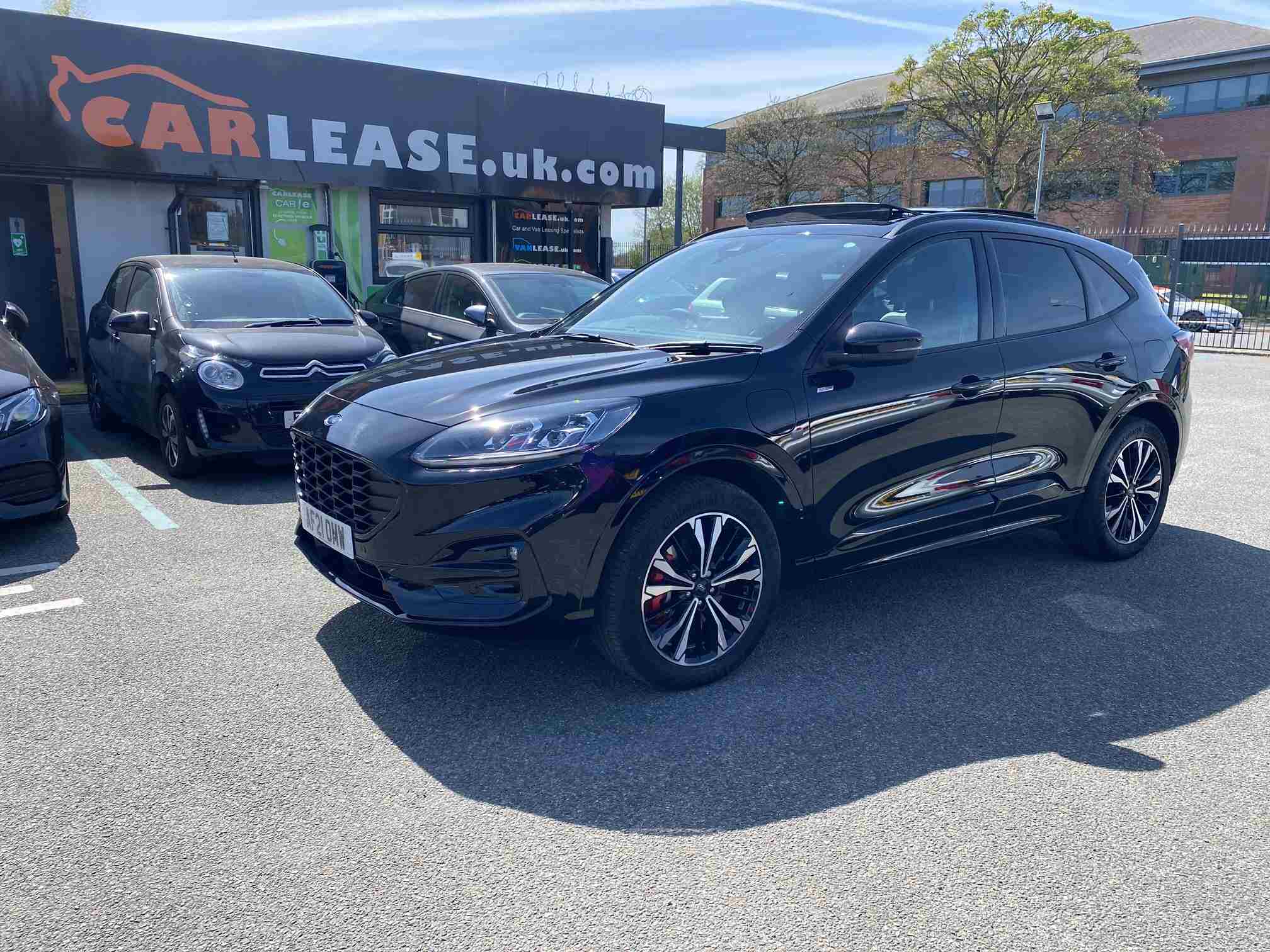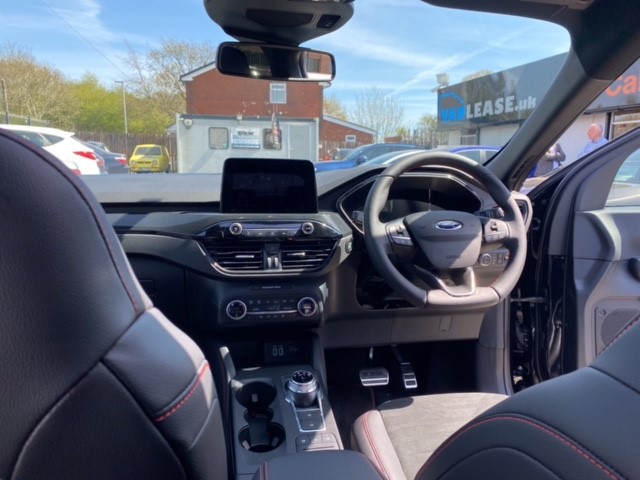
Mon-Fri 9am-5pm
Talk to our friendly electric car leasing experts now: 01942 910 001This website uses cookies to ensure you get the best experience. Learn more
Which hybrid should I lease?

Which hybrid should I lease?
Making a car choice for your next new car isn’t getting easier. It’s no longer a question of which manufacturer (budget, prestige or luxury), which transmission (manual or auto) or which combustion choice (petrol or diesel). We suddenly have an array of different, or alternative, fuel choices which are presented to us - mild-hybrid, self-charging hybrid, plug-in hybrid - by manufacturers, and without any real clarification or explanation as to what they are.
The addition, and growth, of pure electric vehicles has, in some way, compounded the issues and many customers are left feeling unsure about which fuel choice they should go for and which is the best option.
What are these hybrid cars?
All of our customers receive a full guide on the “alternative fuel choices” available to them, as part of our fact-checking process for both CarLease UK and e-car lease customers. Choosing the right fuel is now more crucial than ever; we now have to take into account congestion zones, clean air zones, company car tax, whole of life costs (service/maintenance/fuel/national insurance) and environmental considerations.
Much of this has to be quickly understood and explained in an industry where price is king. While we understand the customer, whether personal or business, wants the best price/deal, we have to ensure that the product is right for the customer’s needs and requirements. The “hybrid” car is not a new facet. For many years, certain manufacturers like Toyota and Lexus have been huge proponents for this type of tech in vehicles. Very quickly many customers soon became attracted to the hybrid and it is no surprise that you see many taxis and private hire vehicles using the Toyota brand.
So what is a hybrid?
In essence, this is a combustion engine (mainly petrol, but some diesel) coupled with a small electric element. The comfort of hybrid is that it operates no differently to a normal combustion engine, which many customers are attuned to, nor does it need any external charging via a 3-pin plug or car charge point. But what’s the difference between a “mild-hybrid” and a “self-charging hybrid” or “full hybrid”?
The mild hybrid
A mild hybrid is a relatively new phenomenon and has grown in popularity as part of this electrification revolution. Many manufacturers are adding very small electric batteries to their vehicles, which will effectively help increase power and also increase efficiency. As there is pressure on manufacturers to reduce CO2 across their product, they have to come up with routes to achieve this in a cost-effective way; the mild-hybrid is one such route.
Also, many UK customers, particularly in the company car sector, are now focusing on CO2 for every new vehicle as this determines their road tax (Vehicle Excise Duty) and their Company Car tax (BiK). However, when it comes to the crunch, the mild hybrid offers no electric-only experience, in that it cannot work independently of the motor. Some would suggest the hybrid is a nothing more than a buzz word!
The self-charging or full hybrid
In contrast a self-charging, or full-hybrid, uses a bigger battery, which works very similar to the mild hybrid above. But does self-charging make this car great though? The use of self-charging is a phrase which plagues many proponents of electric vehicles as it presents an incredibly misleading impression of what the car actually is. Some customers actually believe there is a considerable electric part to this vehicle, similar to a pure electric vehicle, with the only crucial difference being that there no need to charge it.
The truth is that these full hybrids do not need external charging and will regenerate when the car moves forwards and brakes. In that way they are almost certainly more convenient to the driver of the vehicle. However, the extent to which the vehicle is actually “electric” is certainly questionable. Because of the size of the battery, you will achieve electric-only driving for a couple of miles only. Indeed, the aim of the hybrid is to assist the car during stop-start journeys, particularly in urban conditions, where electric function is more pragmatic.
There are benefits in that this car does offer lower CO2 and is more environmentally-sound than a traditional combustion engine, but this will depend on the driver’s circumstances and behaviour. For example, using a petrol self-charging hybrid on a 30,000 mile per annum contract is not practical use of the vehicle compared to a diesel option. Without proper understanding and education, this is where mistakes can arise.
Which hybrid is the best?
So is the “plug-in hybrid” the best car to choose? As we have been highlighting, there is no right or wrong answer: this is about choosing a vehicle which meets your needs and requirements. The Plug-In Hybrid Electric Vehicle (PHEV), is a more recent addition to the hybrid range, made popular by the Mitsubishi Outlander. The PHEV offers a significantly bigger battery than the hybrids above and therefore a much lower CO2 is achievable - great for both drivers and car manufacturers.
In addition, the larger battery allows enhanced electric-only driving experiences; some 15-30 miles on a full charge for many vehicles. For those drivers operating in busy urban zones, this is a practical way to reduce emissions and increase consumption efficiency. The recent addition of diesel PHEVs has opened this car up to high mileage leasing customers, as many early PHEVs were based on a petrol platform. Mercedes, with their C/E/GLC/GLE, have produced a number of credible options to select.
Where the PHEV is somewhat different to the hybrid is that it cannot charge via the regeneration technology and this must be connected to an external power source. Some, but not all, PHEVs will arrive to a customer with two different charging cables - one for connecting to a car charge point and another for connecting to a 3-pin plug. Some manufacturers will describe these differently and you may see phrases like:
- Home charging cable
- Public charging cable
- 7m 10amp charge cable with 3-pin plug
- 7m 1 phase 16amp type 2/mode 3 charge cable
- Mode 2 charging cable with 3-pin plug
- Mode 3 charging cable 22kW
To summarise, you need to make sure you have two cables in the vehicle. With many customers now getting a charge point at work/home, you do need a Type 2 connection which goes from your vehicle to the charge point. Why use a charge point? Effectively these are much quicker as the power output of a charge point will be around 7kW, compared to the 2.3KW of standard domestic plug. For charging times, this means your PHEV will charge in around 2-3 hours via the charge point, in contrast to the 5-7 hours using your plug.

Of course, this does help customers get more educated on the electric process and this is why PHEVs are seen as a gateway to the pure electric car. However, there are also some customers who use these vehicles without ever charging them, as they represent nothing more than a company car tax efficient mode of transport! You will also find that PHEVs often cost more than a hybrid, so the purchase and/or lease cost will be greater.
As ever, we highly recommend that customers truly understand the type of fuel/engine being offered to them - clarify exactly what type of hybrid the dealership or leasing broker is offering to you. Spend some time analysing your transport needs and use a whole of life cost analysis to make sure you choose an option which is most suitable. It is not about a “best hybrid”, it is about a best hybrid for you or your business.
Ford KUGA ESTATE 2.5 PHEV ST-Line X Edition 5dr CVT
In terms of the car shown, the Ford KUGA ESTATE 2.5 PHEV ST-Line X Edition 5dr CVT (auto), this is based on the following configuration:

- Agate Black Metallic Paint
- Sensico partial premium leather - Rapton in Ebony with red stitching
- 19" 5x2 spoke high gloss machined alloy wheels
As standard the car includes 19” alloy wheels, privacy glass, quick-clear heated windscreen, post collision braking, red brake callipers front and rear parking sensors, lane keeping aid with lane departure warning.
Hands free tailgate, panoramic roof, ST Line body kit, twin exhausts, front LED fog lamps, LED daytime running lights, automatic temperature control, flat bottomed leather steering wheel, heated steering wheel.

Leather upholstery, B&O sound system, 10-way power adjustable driver seat, heated front and rear seats, keyless start, Thatcham Cat 1 alarm and immobiliser. In terms of additional options, consider the Technology pack and the 20” alloys.
On the technical side, company car and business users can note £38,175.00 and CO2 of 32g/km. The 2496CC petrol engine (auto) is coupled with a 14 kWh lithium-ion battery.

This produces electric-only driving of around 30 miles (WLTP), 225ps and 0-62 times of 9.2 seconds. Service intervals on the Kuga are every 24 months or 18,000 miles.
e-car lease work alongside these select finance companies:





e-car lease have a partnership and affiliation with:



Register & get new deals weekly
 Exclusive offers
Exclusive offers
 Electric-only deals
Electric-only deals
 Never miss out
Never miss out

Talk to one of our experts
01942 910 001 Email usLeasing


© Copyright 2025 e-car lease. All rights reserved. e-car lease is a trading name of CarLease (UK) Ltd, e-car lease is a credit broker and not a lender. We are authorised and regulated by the Financial Conduct Authority. Registered No: 706617. BVRLA Membership No. 1471. Registered in England & Wales with Company Number: 09312506 | Data Protection No: ZA088399 | VAT No: 200422089 | Registered Office: Kings Business Centre, Warrington Road, Leigh, Greater Manchester, WN7 3XG
Made by morphsites®












